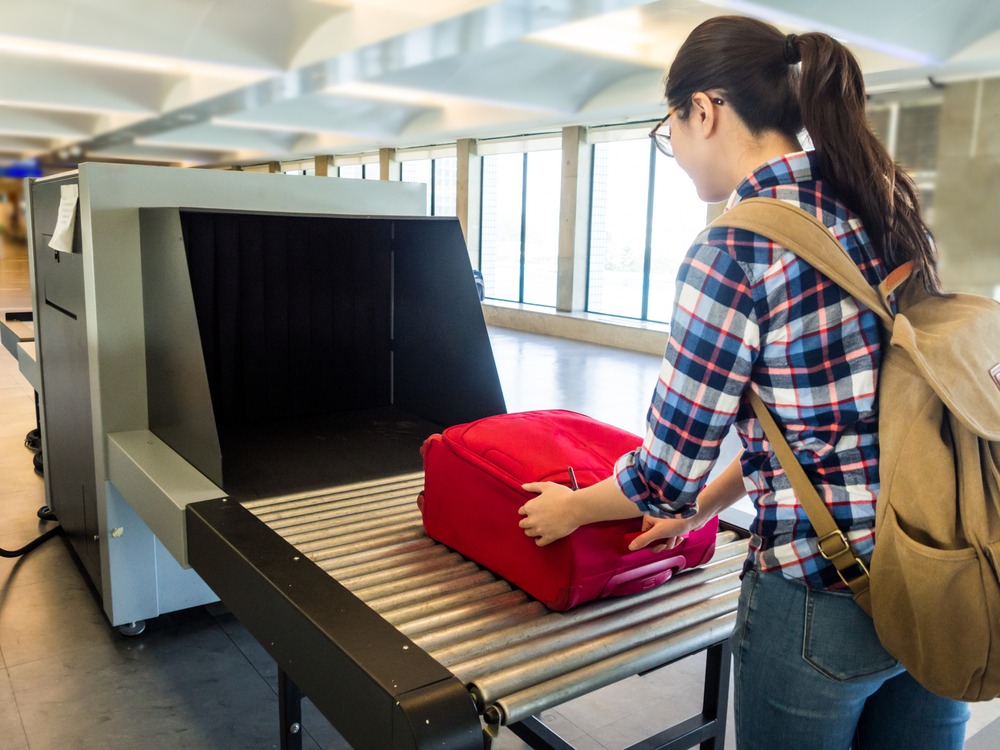
Members of a Congressional subcommittee urged Transportation Security Administration Administrator David P. Pekoske to speed up the deployment of 3D scanning technology at U.S. airports to minimize threats against the nation’s aviation system.
But Pekoske said, while implementation is moving forward to offer the Computed Tomography, or “CT” technology that offers better picture quality, his efforts have been hampered by budget constraints.
On Thursday, during a hearing for the House Homeland Security Subcommittee on Transportation and Protective Security, Subcommittee Chairman Rep. John Katko (R-NY) said in an opening statement that America has fallen behind other countries like the Netherlands as the TSA continues to be bogged down in a lengthy process for testing systems and developing algorithms.
While TSA intends to procure and deploy more CT machines, all estimates still fall “woefully short” of what is needed, Katko said.
CT technology allows TSA officers who screen on average 2.2 million passengers a day to more effectively detect smaller and cleverly concealed objects, which strengthens security while allowing passengers to leave their electronics in carry-on bags.
In the agency’s five-year investment plan, Katko noted the TSA plans to procure two CT systems a year for the next three fiscal years. “That’s a total of six … There’s 450 airports in the United States,” Katko said. The same plan estimates it would need well over 2,000 CT machines and $224 million for full deployment.
Pekoske, who took over as administrator in August 2017, said his team has developed an aggressive plan to deploy CT technology at airport checkpoints, adding that since he joined TSA the agency has seen “scores of threats against aviation.”
“We are moving very rapidly to deploy CT X-ray technology at the check points,” he said. “This is a top priority for me. We want to employ a flexible approach to testing, procuring and deploying systems, while concurrently working to achieve automation and enhanced levels of threat detection.”
According to Pekoske, almost 40 CT units will be tested by the TSA in fiscal year 2018, with at least 28 of them already in airports. More units are scheduled to be deployed in FY 2019, he said, the exact number of which would be determined by future funding levels.
House Homeland Security Committee Chairman Rep. Michael McCall (R-TX) questioned whether Pekoske had requested 300 CT units to be deployed.
Pekoske said he had indeed made the request, but it was lowered by the Office of Management and Budget because of resource constraints.
“This is dollars and cents, but we’re talking about American lives,” McCall said, adding that, “$150 million doesn’t sound like a whole lot to ensure the safety of the traveling public.”
McCall said lawmakers would work within Congress to reprogram monies to help the TSA pay for the full number of CT machines it requested.
Additionally, the organization was working to deploy more Credential Authentication Technology (CAT) to be used at TSA security checkpoints, in order to “improve identification of passengers, provide real-time verification of ticketing status and ensure real-time verification of secure flight vetting status,” all of which, he said, would “reduce fraudulent identification vulnerabilities and provide real time vetting information at checkpoints.”
Pekoske said he was also working with the administration to ensure a predictable funding stream, as well as looking at acquisition programs and how to make acquisition of new technology more streamlined.
In many cases, Pekoske said, some technology, such as the 111 automated screening lanes at 12 airports, was funded by private money, mostly coming from airlines and airports. Pekoske said that more flexibility with using such funds is needed as well, so that the TSA could work with the industry to deploy new technology.
Pekoske said under his direction, the agency will develop a strategic plan and long-term capital investment plan so that the agency can move forward quickly and more efficiently with improvements at checkpoints and with checked baggage systems.